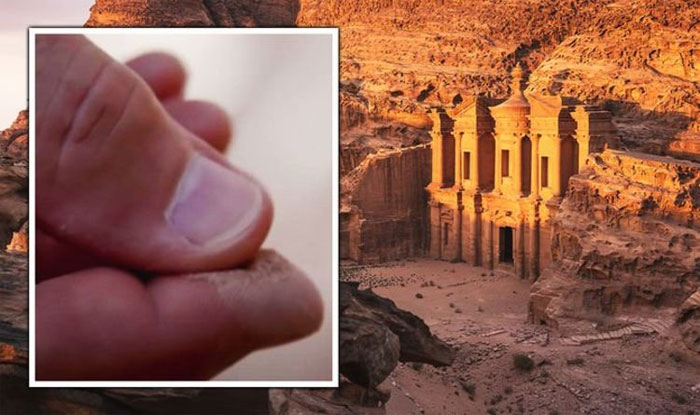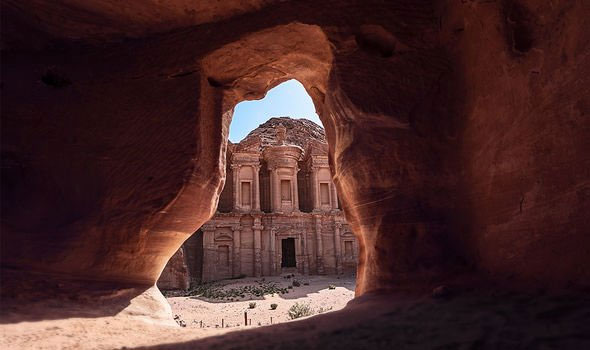Researchers were astonished to discover white sandstone in the ancient city of Petra – a valley that was previously known for its red sandstone.
Petra and its lost ancient civilization have puzzled researchers for many years. It was once a thriving center of political, cultural, and economic development – one of the most important sites in the region. The Nabateans inhabited this city; however, their wealth quickly attracted the attention of the neighboring Greek Empire. Numerous clashes occurred between the two sides around 312 BC.

Researchers found white sandstone in Petra. (Photo: Getty)
However, when the Romans arrived in 106 AD, the Nabateans could not withstand the pressure and were forced to surrender. Petra was annexed and renamed Arabia Petraea, with the Romans ruling the city for the next 250 years.
In the fourth century AD, a major earthquake struck and devastated the city. Additionally, the emergence of maritime trade routes diminished Petra’s significance.
The earthquake is believed to be the reason for Petra’s decline. However, some archaeologists believe that the story is more complex than that. Recently, Dr. Tom Paradise, who has spent considerable time researching Petra, shared his insights in a documentary on the Smithsonian Channel, “Secrets: The Mysteries of Petra.”

The ancient city is located in what is now Jordan. (Photo: Getty)
Through analysis and excavation, he believes that Petra was once the victim of another “type of disaster” at a certain point in history. Along the main streets of Petra, the team of archaeologists encountered strange clues. Dr. Paradise explained: “They discovered layers of massive white sandstone. This distinctive white sand does not belong here.”
It is known that the valley where Petra is located is surrounded by red rock hills. Dr. Paradise and his team continued to investigate the mystery. He stated: “We found that the grain size, color texture, everything resembles the sandstone in the valley and the hilltops. This leads to the conclusion that Petra may have been affected by a catastrophic flood that swept everything down here.”
Petra has a history of suffering from devastating floods. In 1963, a flood swept through and killed 22 tourists. The inhabitants of Petra were well aware of the dangers of flash floods and had installed a series of tunnels and branches to control the water flow.
Siq – the main entrance to Petra – is crucial to the city as it serves as the primary connection to the outside world. Dr. Paradise explains: “This is indeed a brilliant plan; the tunnels were created to divert water away from Siq, preventing catastrophic consequences.”
Ultimately, Petra was abandoned in the eighth century. Afterward, only nomadic shepherds used the buildings for shelter. It wasn’t until 1812 that Swiss explorer Johann Ludwig Burckhardt rediscovered the city during his journey.


















































